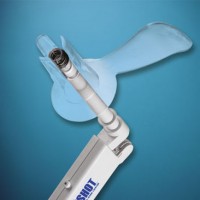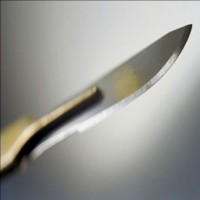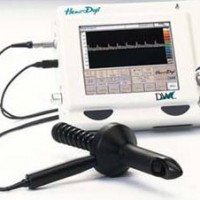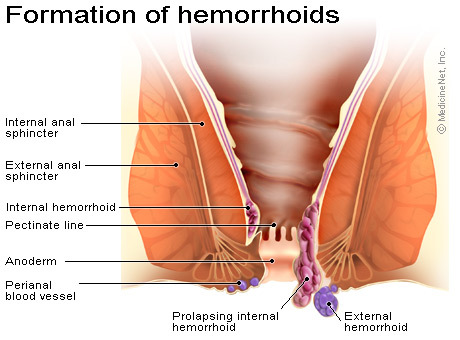How to cure hypertension
Hypertension is feasible in high blood pressure first of all. The presence of hypertension is indicated if the increase in blood pressure is reported by a doctor within at least three control measurements of blood pressure.

Predispose to the development of Hypertension is stress, smoking, weakness, weight gain, impaired function of the endocrine system, kidney disease, old age, heredity and excess salt in food. Of major importance in the diagnosis and nature of the violations of individual organs and systems are instrumental research methods (ECG, echocardiography and ophthalmoscopy, ultrasound of the heart as well as lipid metabolism, determination of creatinine, urea and potassium.
Hypertension can be both a cause and consequence of renal disease progression in which it plays a key role. Among the causes of chronic renal failure, hypertension prevalence, ranks second after diabetes.
Hypertension: features and cure
Often you can find the view that the good tolerability of high numbers of blood pressure can not be treated. It is not only fundamentally wrong, but dangerous. Chronically elevated levels of blood pressure can contribute to the development of such troubles as heart failure, kidney failure, visual impairment, stroke, coronary heart disease. So it is better still to have this thing be treated!
Argued that as a rule in the treatment procedure of hypertension doctors tend to reduce the pressure to the so-called “Working numbers” i.e. those on which a person asserts that they are for him “normal”. Occasionally a patient may say that “working pressure” for him – 160/100 mm Hg. Art., and in such numbers it is a “normal sense. Such an approach is wrong. The doctor will definitely seek the way to reduce high blood pressure to normal numbers. This is absolutely unambiguous approach recommended now by all leading experts. There are perhaps only two exceptions to this rule – marked narrowing of the renal arteries in cases where no immediate surgery to remedy this condition and severe renal insufficiency.
If they say that the reduction of blood pressure to normal levels should be gradual in practice the danger may occur in the way instantaneous reduction in pressure by more than 25 percent of the original level which can be harmful for the organism. In general, hypertension should take a practice to regularly in terms of monitoring the blood pressure.
Among the most modern methods of hypertension treatment there is a method, based on the fact that when you have “deep breathing” that creates a deficit of CO2 required for the normal functioning of the organism. And finally, a few words about the relation with the treatment of arterial hypertension, smoking and alcohol. Smoking is not conducive to health in general and the normalization of pressure in particular since nicotine constricts blood vessels and this leads to an increase in pressure. Talking about the fact that smoking calms and thus reduces the pressure should not be taken seriously. It turns out that high blood pressure not to smoke. Alcohol in moderation can reduce vascular tone and thus reduce the pressure. Even beer (of course not in the horse doses), contrary to popular belief does not lead to aggravation of hypertension (definitely need to have healthy kidneys).
Posted in Blood Supply | No Comments »






